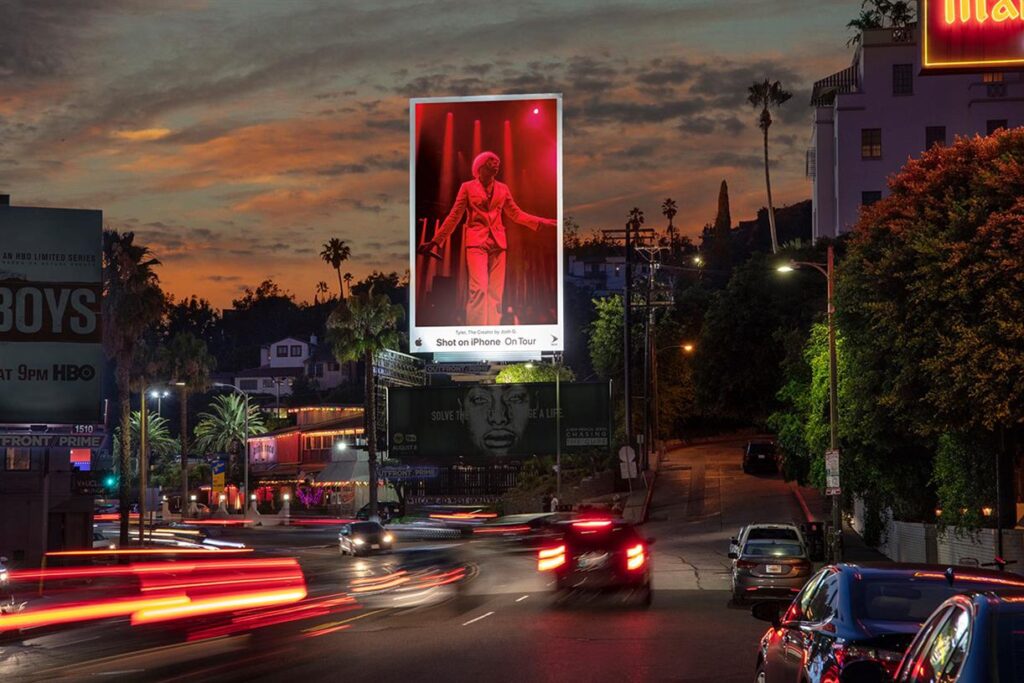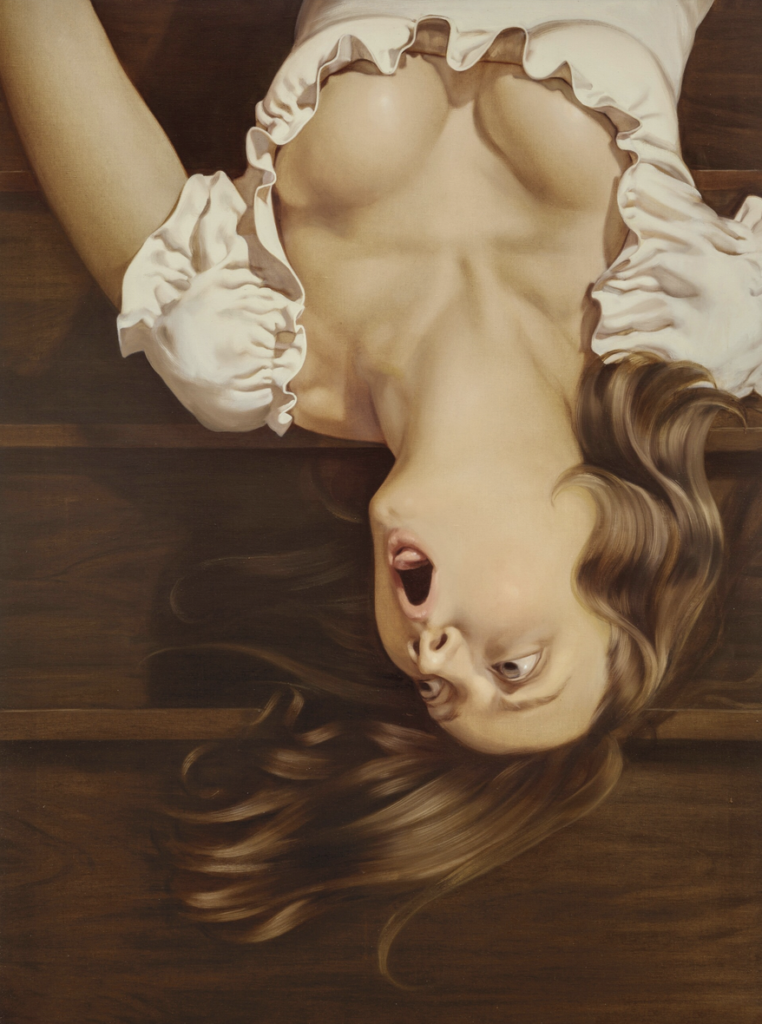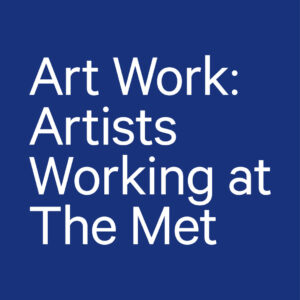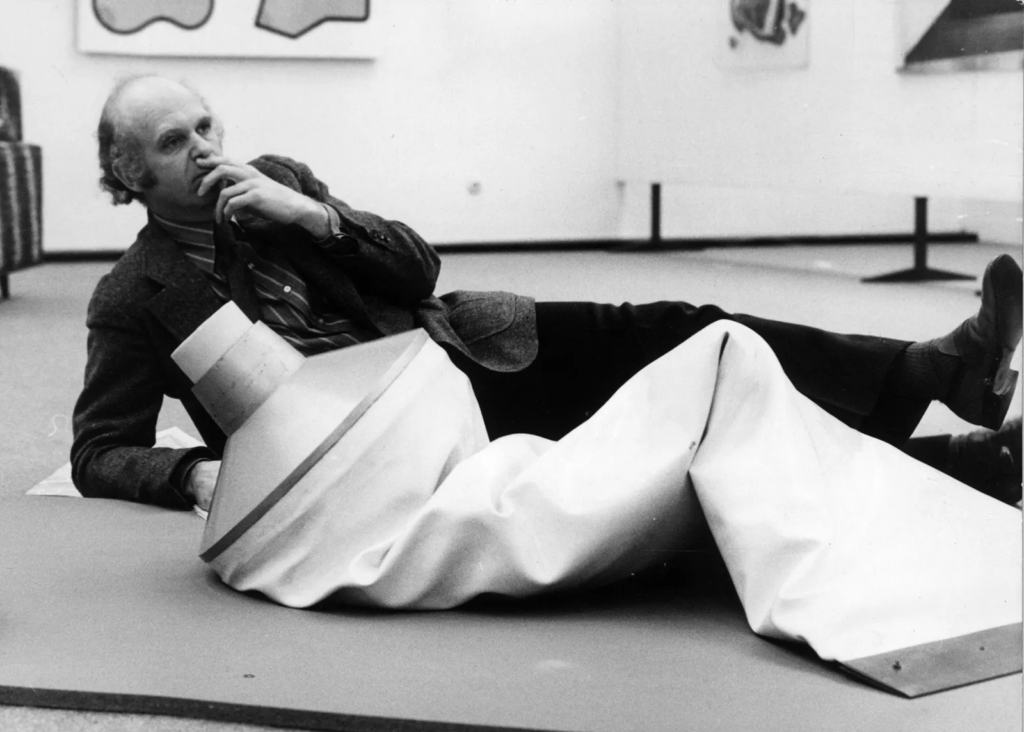Photography brings memories, feelings, and ideas to life. We enjoy looking back on things that once happened in the past and digital photographs give us the ability to shorten that “past” exponentially. Digital photography has also opened the world...
Photography brings memories, feelings, and ideas to life. We enjoy looking back on things that once happened in the past and digital photographs give us the ability to shorten that “past” exponentially. Digital photography has also opened the world to sharing like never before, as we can invite friends, family, and even strangers into our experiences practically instantaneously. Another advantage to digital photography is the ability to access and distribute our photographs across oceans and continents, as well as manipulate photographs in creative ways. In fact, it is hard to recall what photography was like before digital. But has the introduction of digital photography benefited the world of photography, both in creating and collection, and could we call this explosion of digital photography an actual revolution?
Evolution of Digital Photography
As a pioneer in photography, it is no surprise that Eastman Kodak is responsible for the first digital camera, engineered in 1975. This beast was certainly no hand-held gem, and it wasn’t until 1989 that Fujifilm sold the first digital camera to the public. Other manufacturers tried their hands at digital photography, with Canon producing one of the first (and the longest-standing) DSLR camera.

Steven J. Sasson, inventor of the first digital camera
How Digital Photography Has Changed Us?
Digital cameras were used widely in the 2000’s, as people began to commemorate their events, activities, and relationships. However, the cost to print these photographs and process involved did restrict their widespread use. With the invention of the smartphone and its accompanying built-in camera, came the universal belief that anyone could be a photographer. Every event, every activity, every mundane occurrence in life was worthy of a photograph, and anyone who took that picture was a veritable photographer.
With social sharing, photographs are simply expected after any occasion. We share everything we do, from children’s sporting events, the birth of children, to the meals we eat. The widespread use of photography has created a worldwide expectation that even when one does not experience something in person, they can do so through photography, to an extent only seen in books, museums, and movies created by artists, historians, and producers who photographed the incidences.
Fall of Photography?
With the growing expectation that “anyone” can take a photograph came the degradation of photography as an art. The internet allowed anyone to learn skills in photography, and the availability of tools like filters and sensors, and photo editing tools like Adobe’s Photoshop (designed and released in 1990, but dramatically improved over the next 15 years) allowed amateur photographers to create photos worth saving (and calling artistic, in some instances). These tools, combined with the affordability of printing photographs, has given every camera-enabled phone-holding individual the freedom to take hundreds…even thousands…of photographs. Photography was no longer an art, but an expected skill which anyone could master, and thus led to the devaluation of photography as an art form. This phenomenon also led to a sense of disconnection in photo-takers. People were photographing events of all types, intimate and social, happy and sad, life-changing and mundane, but at the expense of being “there”. We no longer cherished the memories of events and places we visited; we simply looked to the pictures and tried to reach deep down in our minds for our memories of being there. Therefore, did the camera steal our experiences?

The Cobra Snake, Caroline’s Bday.
The Rise of Fine Art Digital Photography
It would appear as though digital photography was leading the world down a diluted experience, where only the photographs could tell stories, while the photographers could not recall specifics. Just when one could imagine the loss of “fullness of life” occurring, digital photographers took their craft back. The variety of photographs taken worldwide, the quality of prints being created, and the true artistic ability of educated (and creative) photographers led to the rise of fine art photography. We may not be able to state, with absolute certainty, what constitutes fine art photography, but just as painters, sculptors, and other artists’ work rises to the top, so does that of true artists of photography.

Shot On Iphone Campaign
Controlling the Digital Photography Reputation and Market
Just as in any other art form, a fine art photographer needs to have the seeds of creation: a vision, an idea, and a technique. Artistic photographers have within themselves much of the same creative fiber which makes an artist unique; the only difference is in their method. Art collectors began to understand and look for the same qualities in digital photograph as they have seen for hundreds of years in other works of art. Photographers have begun to control the accessibility of their works through creating limited editions (scarcity increases value) and destroying the negatives to protect their value. There is a business sense to fine art photography, and in today’s online world, with an art form that is more easily reproduced and taken; artists must be savvy in defending their art and safeguarding it for future generations and enjoyment.
Digital photographers have honed their skills to a level unimaginable some 30 years ago. With technology which allows them to manipulate reflections, focusing (and de-focusing) for unique approaches, and the techniques of panning, adjusting shutter speeds, and zooming at unbelievably-detailed levels, photographers are creating works which rival Impressionist and Abstract artists of the past. Technology in printing has also given photographers the means to print works in a massive rainbow of colors, in substantial variations in sizes and canvases.
The Digital Photography Market
In the 1970’s, few galleries dared to exhibit photographic works of art (Photographers’ Gallery in London was the first, in 1971), and most were found in museums where their historical significance meant more than the quality of the photographer who created it. However, throughout the 1990’s and early 2000’s, the rise of digital photography coexisted with a complementary photography market, even if confined largely to art communities. As artworks rose to six-, seven-, and eight-figure prices, art became one way for new collectors to enter the market. As is found in many collectible markets, word “gets around,” and even top investors noticed the creativity found in digital photography, and one digital work sold for $9.4m in 2013. When Sotheby’s enters the photograph market, one understands that there is an appeal and market for photographs. There still exists a demand and market for decorative photography, enjoyed for its scenery and more restrained and reserved subjects. However, artistic photographers are now spreading their creative wings, and art collectors are discovering the ability to purchase works from young photographers whose works is somewhat yet undiscovered.
One can expect, with prices a bit flatter in traditional works of art that photography will continue to rise along with the tools and technologies which provide artists endless inspiration and capabilities to create wondrous works of all types. There is no time like the present to purchase photography!

The Cobra Snake, Dirty Mag Part 2
The post Is There A Digital Photography Revolution? appeared first on Sybaris Collection.













